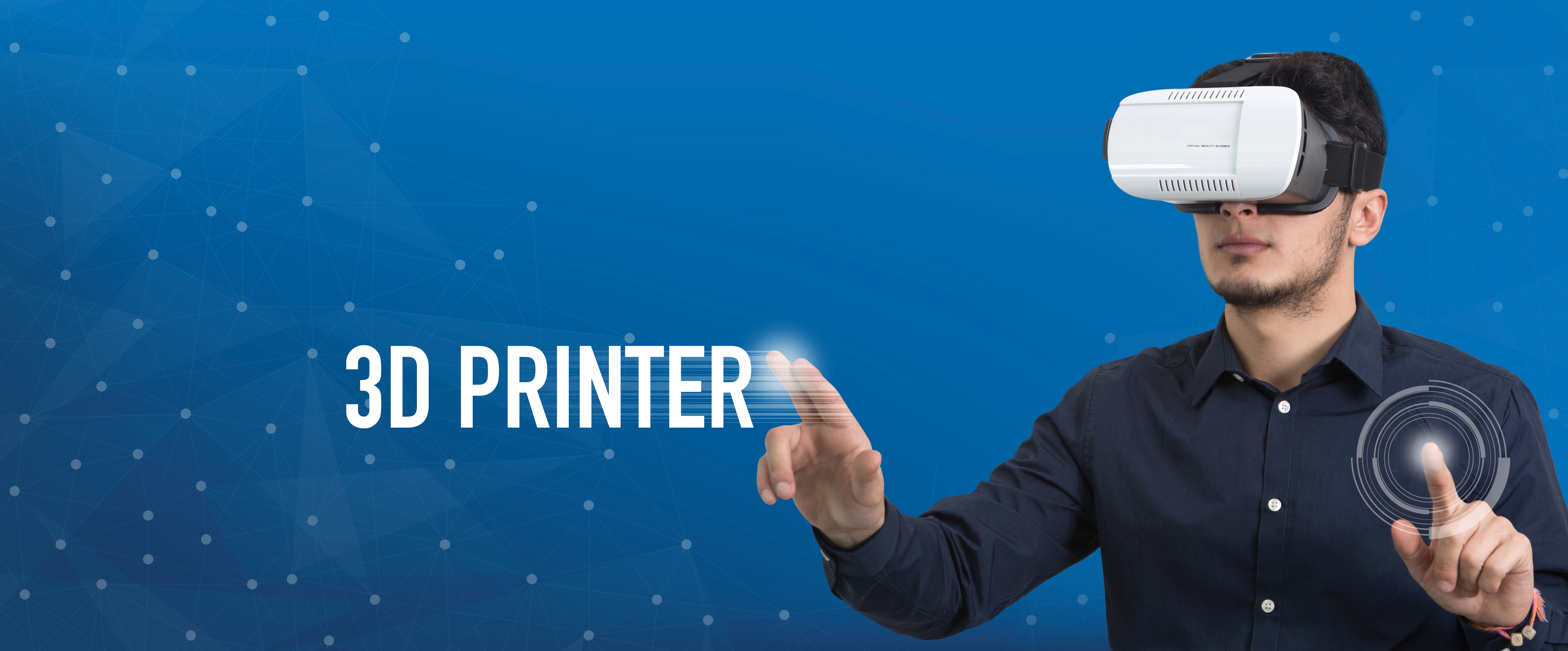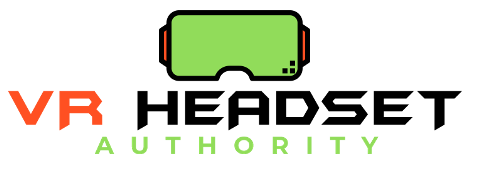Future of VR and 3D Printing

The integration between Virtual Reality (VR) and 3D printing technology has now become a reality. There is a powerful between both technologies and by amalgamating both technologies; different industries can collaborate with designers to visualize a new business idea via VR technology and turn it into a reality and make any alternations and modifications before finalizing the products. From mainstream computer manufacturers coming up with their signature laptops with backlit keyboards to automobile companies making super fast electric cars, different types of industries are benefiting a lot through these two technologies.
Use of Virtual Reality VR with 3D Printing Technology in Automotive Industry
The use of virtual reality with 3D printing is not new. Automobile manufacturing companies rely on these two technologies for their R&D processes. 3D printing technology itself has been helping car manufacturing companies to develop spare automobile parts of their older car models and develop sample designs of new vehicles. Before printing the spare parts and models of their cars, the designers first visualize the design through VR. This helps them to have a better understanding of the entire exterior and physical features of the vehicle and detect any defects in the system before printing the design in 3D. Moreover, car manufacturers can save time and money and print their models more efficiently and cost-effectively. Apart from helping automobile manufacturers, the use of VR technology and 3D printing is now helping in the designing and modelling of aircraft as well.
Use of Virtual Reality VR with 3D Printing Technology in Archaeology
The use of VR in 3D printing is not limited to the automotive industry. Through the amalgamation of 3D printing and VR technology, archaeologists in Australia have been able to develop realistic models of dinosaurs. To make the dinosaur model look realistic, every single bone of the dinosaur’s body is first printed separately with the use of 3D printers. Once the bones of the dinosaur’s body are perfectly developed, they are then joined together. To make the dinosaur look real and lifelike, the model is then placed in a VR environment. The primary purpose behind creating realistic dinosaur models through virtual reality and 3D printing technology is to educate people, especially kids about different types of extinct races of dinosaurs by displaying these models in museums and other educational exhibitions.
Use of Virtual Reality VR with 3D Printing Technology in Healthcare Industry
The role of virtual reality VR and 3D printing technology is quite prominent in the health care industry as well. With the help of these two technologies, layouts of hospitals can be developed in 3D, which are then combined into VR to help people understand the structure of the hospital in a better way. Apart from understanding the hospital’s layout, the amalgamation of 3D printing and VR technology also helps designers to work on the structure of the hospital design remotely without compromising on the results. With the help of both technologies, it is possible to successfully fulfil the needs and requirements of patients by making the change in the layout.
Different Challenges faced by Designers in 3D Printing
Another major feature of VR in 3D printing is that it allows designers to develop intricate designs in less time. As 3D printing is an emerging technology and still in its initial phases of growth and development, therefore, there are many risks and challenges that businesses might have to face while developing a product. Learning to design for 3D printing models on conventional software like CAD is not a very practical idea as it requires a lot of time to practice and gain complete command over it. Use of
Digital VR Solutions for Creating 3D Printing Designs
Today, there are several digital software in the market that help to make the designing process for 3D printing more convenient and useful for new users. By using different tools that are specially developed for creating designs for 3D printing, users can easily mold or sculpt for creating intricate and detailed designs. Once the design has been sculpted, you can easily use the software to send your .obj document and use that file to print your design in 3D.
Focusing on variable instead of fixed costs
VR and 3D printing makes prototype development very economical compared to traditional methods of manufacturing. Designing and producing a prototype with these two technologies requires less time and operating expenses because there are no large fixed costs such as developing a cast and purchasing parts to make a prototype.
It can be used to produce a single prototype or thousands of items of the same design. Most of the costs are variable in nature. Moreover, the entire process is controlled by a computer which increases the accuracy of the prototype, and makes it as close as possible to the design that the client has approved.
By incorporating the above aspects of VR and 3D printing technology into their project requirements, businesses can get the maximum possible benefits of both technologies for their project. Doing so can help them attain their target level of production, ensure complete accuracy of the product design, and achieve the lowest possible costs. All of these together will can help them achieve your target ROI much faster than traditional manufacturing methods.
In Conclusion
Apart from movies and gaming, VR technology is found everywhere nowadays and cater to different kinds of businesses. However, many companies are still skeptical about the use if VR and 3D printing. In order to execute successful projects with VR and 3D printing it is important to approach it with the right frame of mind. People who are used to following with traditional manufacturing practices may find VR and 3D printing very different. This article sheds light on some of the essential aspects of VR and 3D printing that can help you plan and implement your projects more efficiently and profitably.
